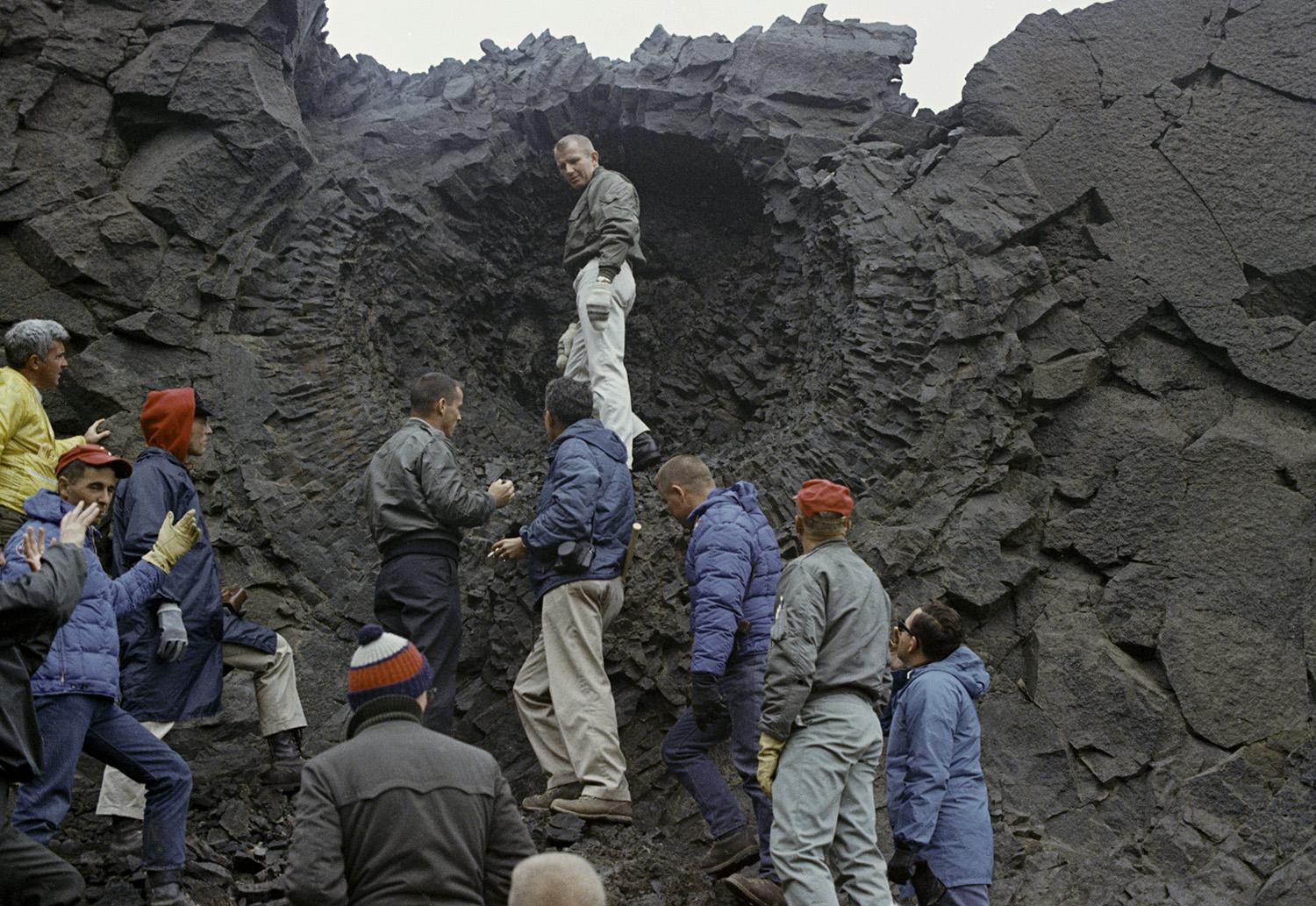
Date:
Located in the North Atlantic Ocean skirting the Arctic Circle between Scandinavia and Greenland, the island nation of Iceland is home to a wide variety of unique and fascinating scientific adventures that have attracted scientists from all disciplines for centuries. With "Vikings: Beyond The Legend" coming to The Franklin Institute from October 13, 2018 through March 3, 2019, we are celebrate the incredible science of this island nation that was originally settled by vikings roughly a thousand years ago.
1. Apollo Astronauts Trained for the Moon Landing in Iceland
As part of their training for the Apollo lunar landing missions, NASA’s astronauts were taken to Iceland. On two separate occasions in 1965 and 1967, groups of astronauts including Neil Armstrong traveled to remote lava fields in Iceland as it was likely the closest analog on this planet to what they might experience during their lunar excursions to get a crash course in geology.
2. Þingvellir and the Mid-Atlantic Ridge: You Can Walk Between Two Continents

Iceland straddles the geological boundary between the North American tectonic plate and that of Eurasia, the Mid-Atlantic Ridge. In Þingvellir, located roughly 30 miles (48 km) from the capital of Reykjavik, one can walk between the continents and come face-to-face plate tectonics, one of the Earth’s most fundamental geological processes.
3. The Aurora Borealis (Northern Lights) is Unreal in Iceland
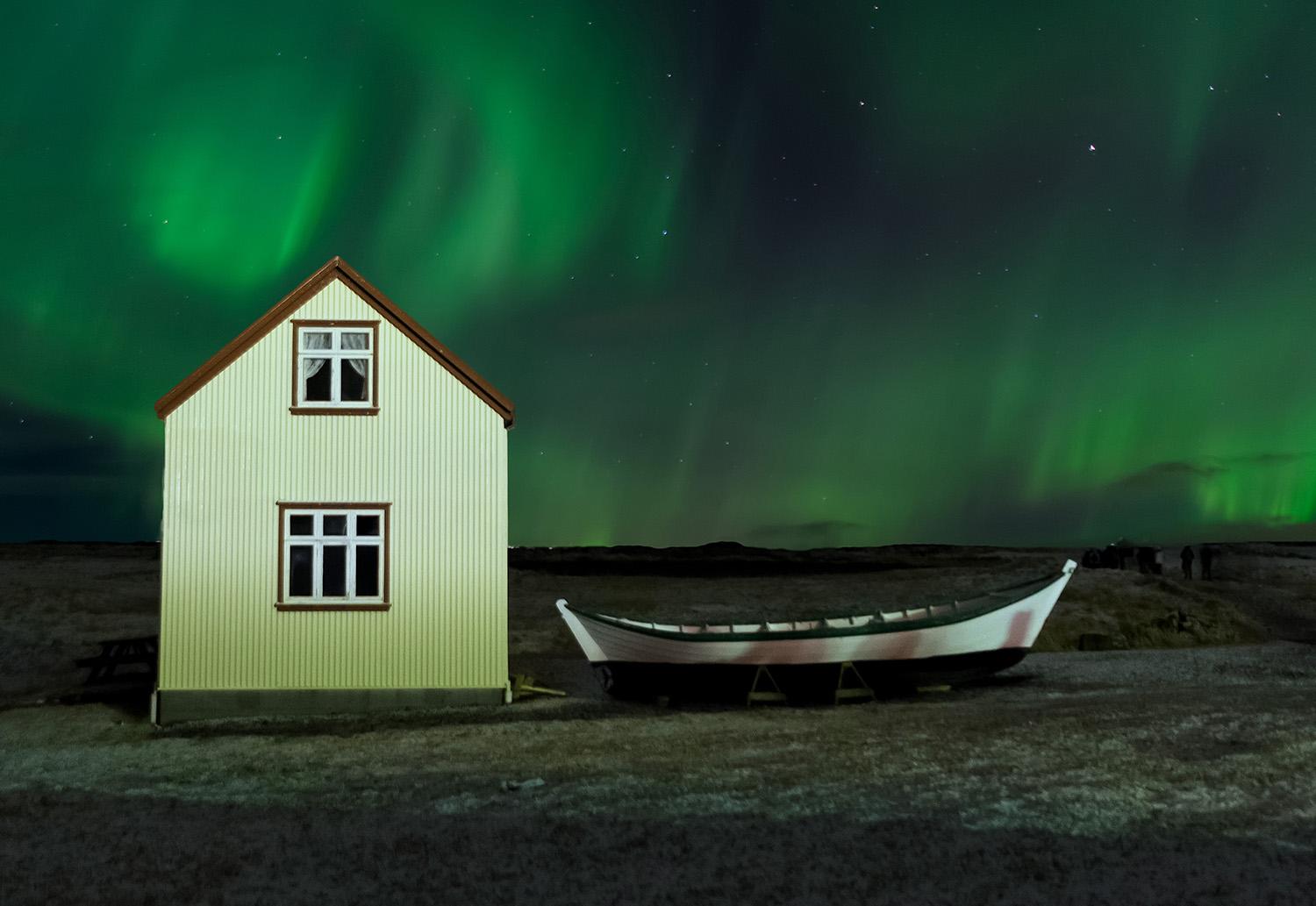
While Iceland may not have a monopoly on auroral activity, it is one of the best places on the planet to experience the natural light show that develops when the charged particles in the Earth’s magnetosphere come into contact the Solar Wind. Iceland’s northerly latitude makes it particularly ideal for viewing the phenomena on a more regular basis, but particularly during the winter months when there is ample nighttime hours.
4. The Legacy of the Vikings Lives on in Today’s Icelandic Language
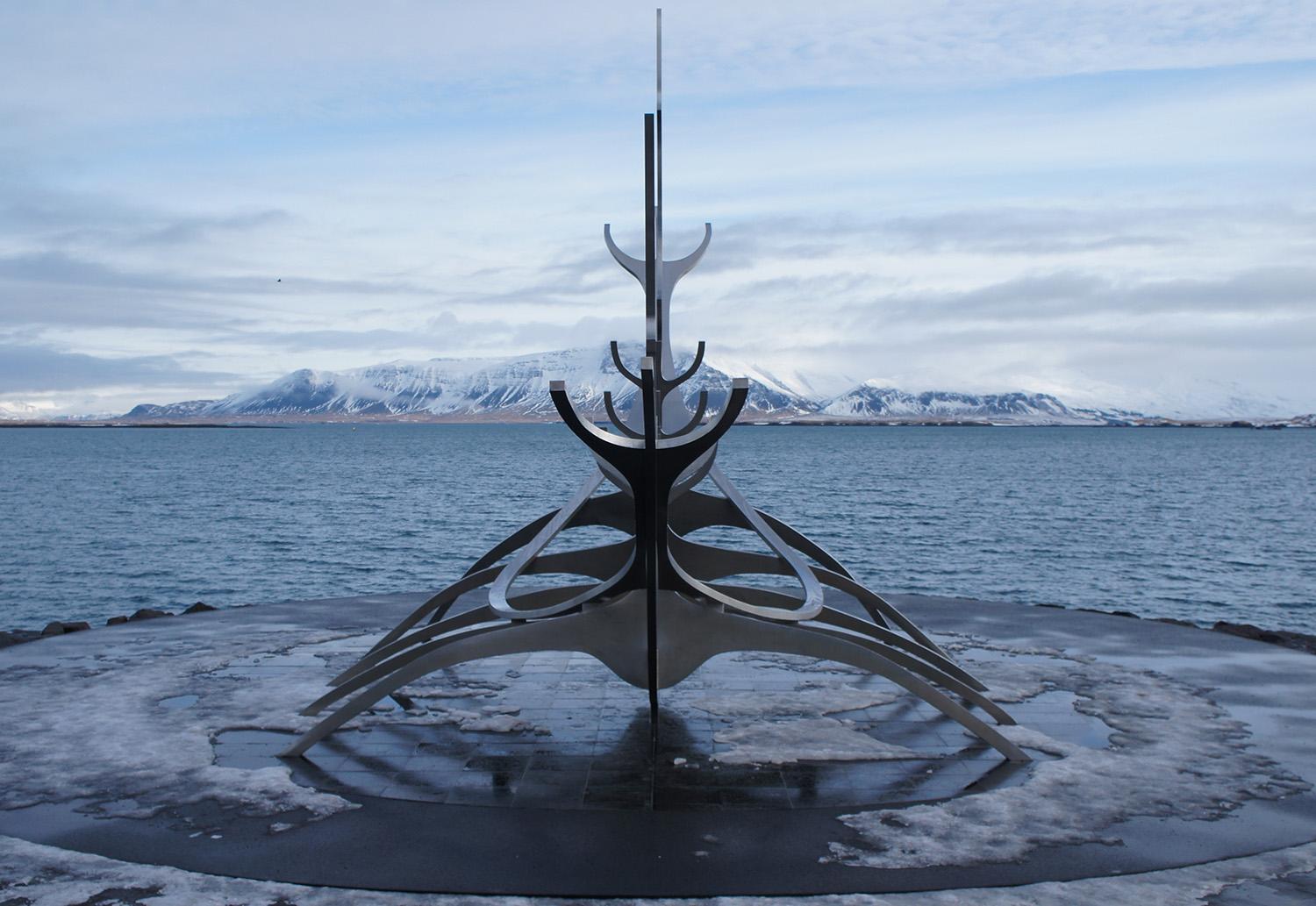
Iceland’s extreme isolation for much of its existence since it was first settled by Scandinavian Vikings beginning in the 9th Century CE has led today’s Icelandic language to bear a striking resemblance to the same Old Norse language spoken by their Viking forebears making it quite interesting to linguists. Icelandic as a written language remains largely unchanged from the 13th Century CE when many of the famed Sagas of the Icelanders were written and most children in Iceland are named patronymically where their last name references the first name of their father in a convention that originates from the Viking age.
5. Volcanoes and Geysers Coexist with Glaciers
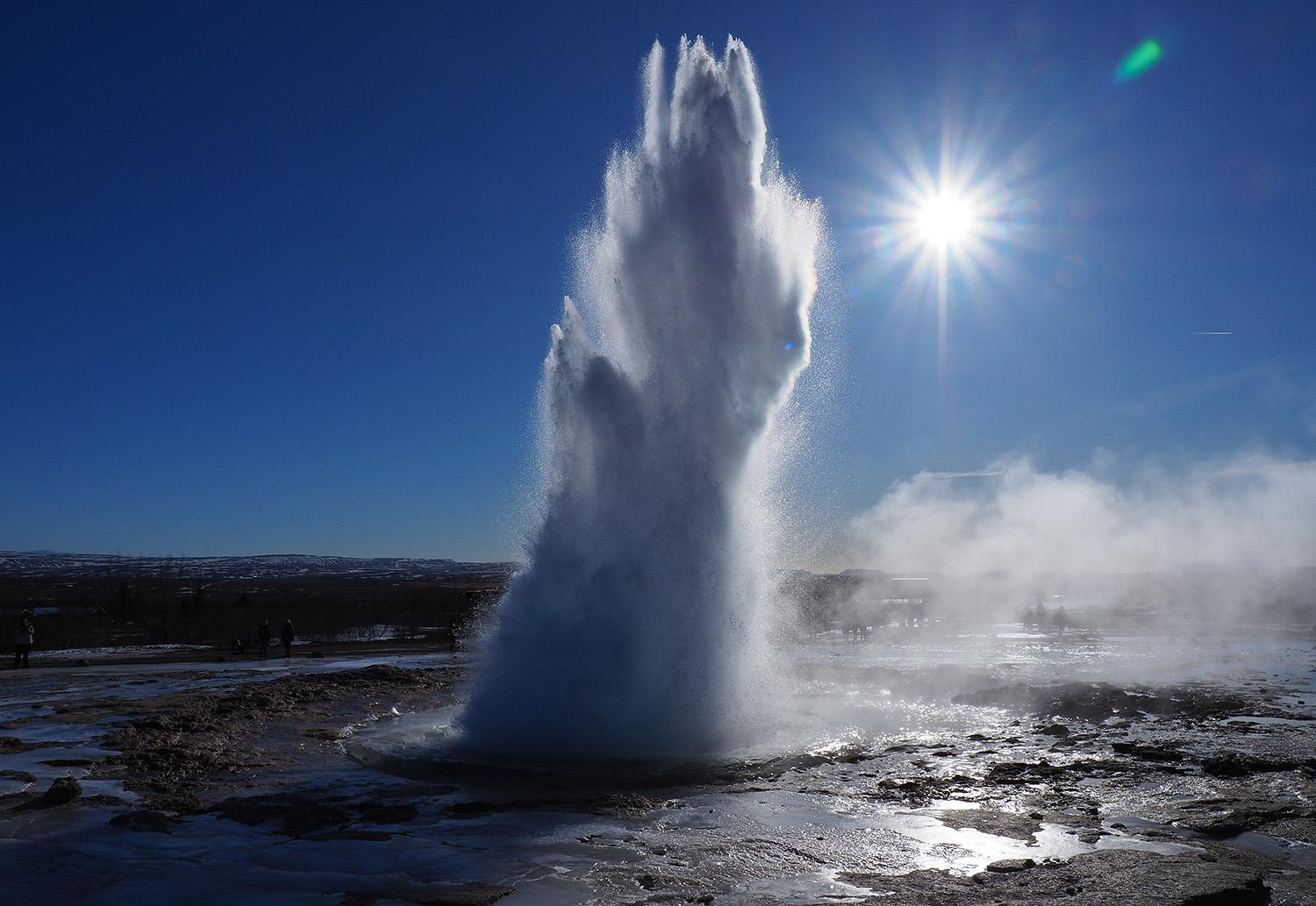
As Iceland sits at the boundary between two tectonic plates, it is full of geologic activity including active volcanoes and geysers. In fact, the word geyser is one of a handful of English words of Icelandic origin as dating back to the first Viking settlements on the island in the 9th Century CE, Iceland was one of the only spots known to Europeans to have the unique erupting springs. Iceland has 30 active volcano systems spread throughout the island off it’s southern coast is the island of Surtsey, which formed through a volcanic eruption in 1967 and is one of the world’s newest islands.
6. 60% of the World’s Atlantic Puffins Live in Iceland
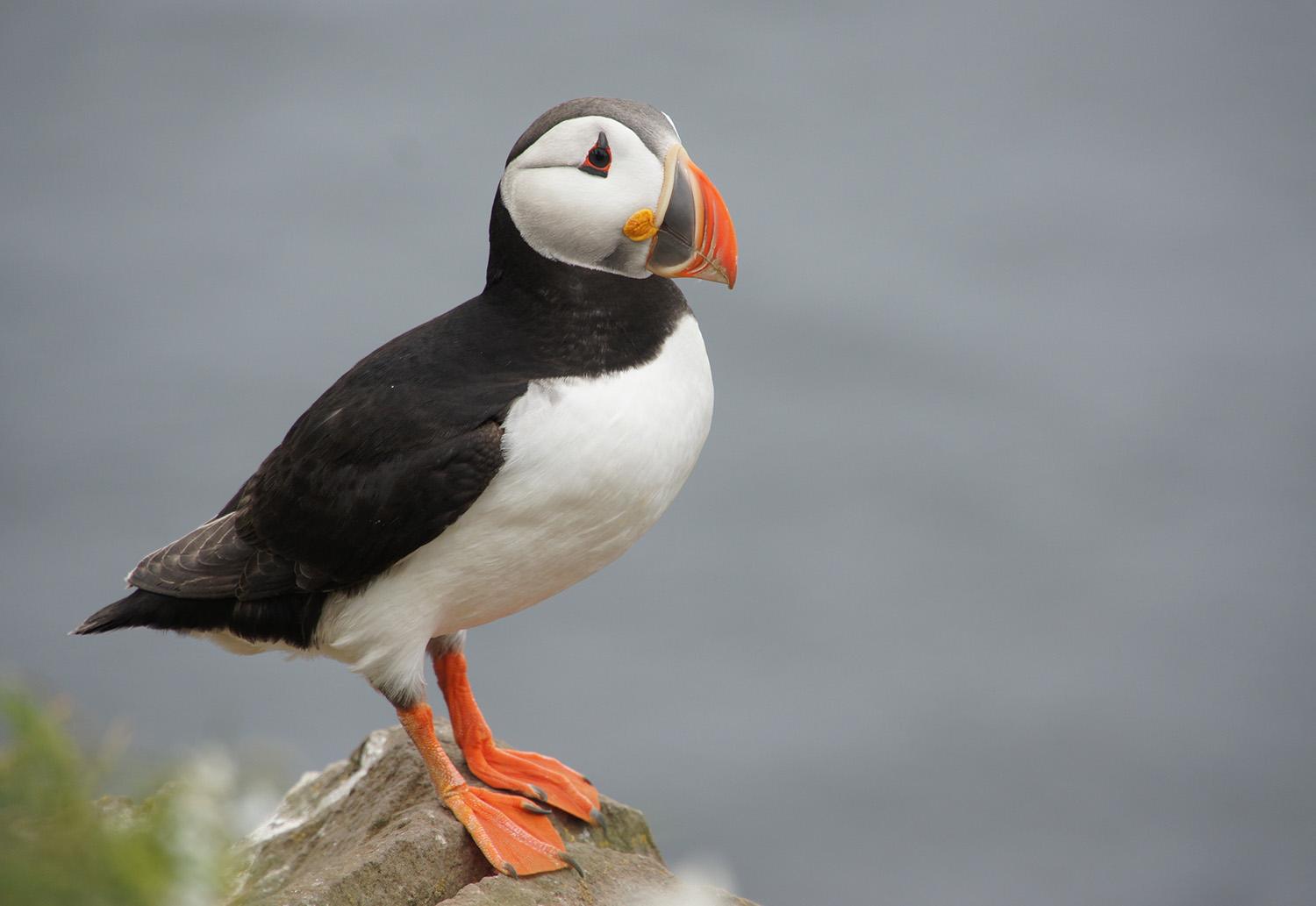
One of the world’s most unique seabirds, the Atlantic Puffin (Fratercula arctica) is really at home in Iceland where roughly sixty percent of the global population make their sometimes massive nesting colonies along Iceland’s coastal cliff sides during the summer months. Puffins, which can live more than 20 years in the wild are known to return to the same colony where they were born each year.
"Vikings: Beyond The Legend" is on view at The Franklin Institute in Philadelphia from October 13, 2018 through March 3, 2019.
Follow The Franklin Institute: @TheFranklin on Twitter.

